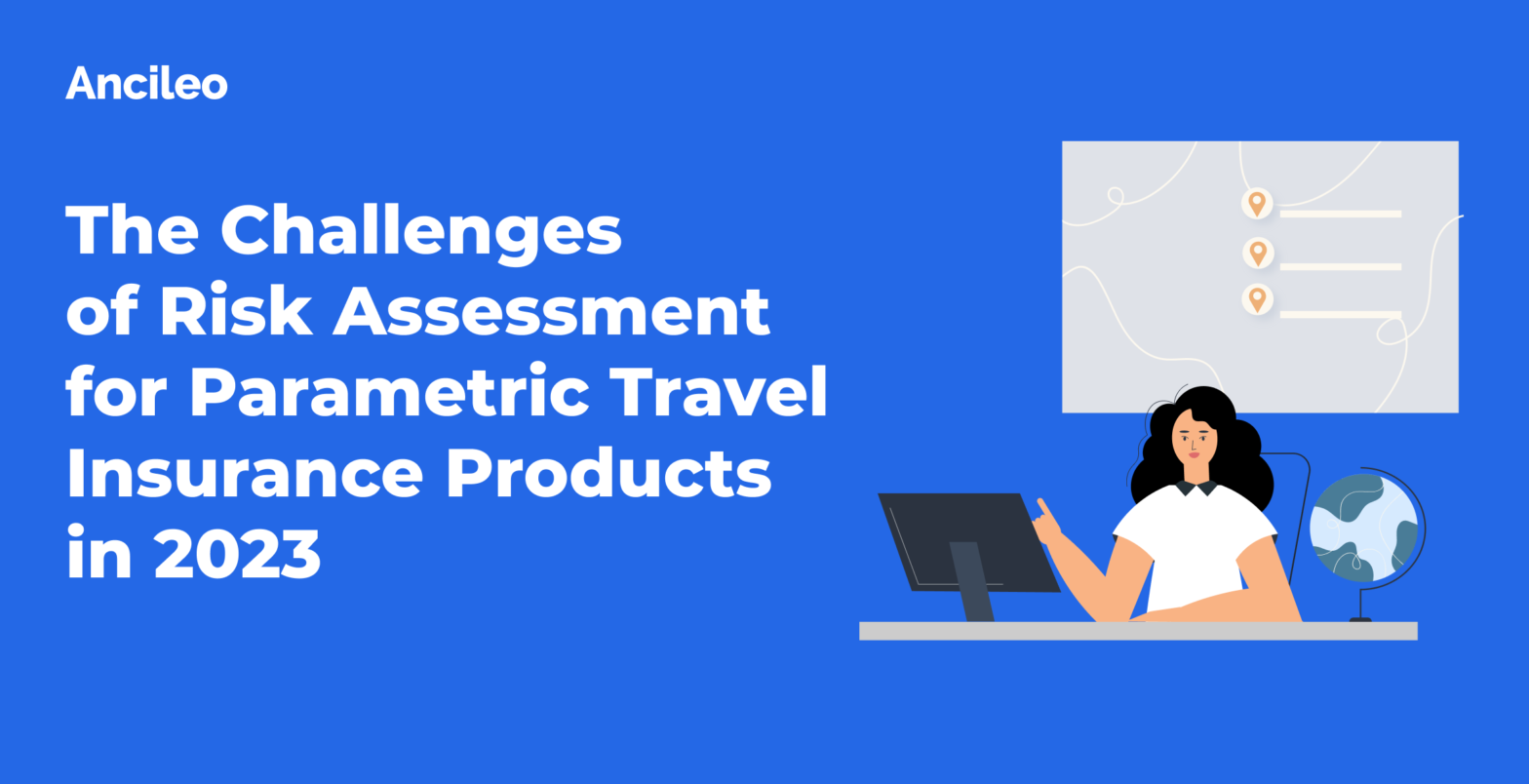
Parametric travel insurance is quickly gaining traction in the industry. This is a type of insurance that pays out based on the occurrence of specific, predefined events. Insurers and travel organizations are coming together to provide consumers with more pertinent and customized coverage options for this form of insurance coverage.
With so many issues that come with parametric travel insurance products, it is essential to come up with an effective risk assessment process. However, even risk assessment processes can present several challenges.
In this article, we will examine the potential major difficulties associated with evaluating risk for parametric travel insurance in 2023.
One of the biggest challenges in parametric travel insurance is the need to precisely define and gauge the particular occasions that will lead to a payout. To do this, you must have an extensive comprehension of how likely different occurrences are and what impact they have, such as flight cancellations or natural catastrophes.
Parametric products rely on predetermined conditions, so, it can be hard to predict them accurately. Accurate data and analytics are crucial to determining the likelihood of an event happening.
Insuring parametric products can be challenging and daunting for travel insurance companies because of their complexity. They may find it hard to grasp or evaluate the possible risks associated with such intricate products.
With the complexity and fickleness of parametric insurance, it is difficult for insurers to accurately price these policies. This can lead to unfortunately priced rates, as well as inadequate coverage for customers who purchase them.
The intricate nature of parametric products can make it challenging for insurers to successfully explain the coverage options to prospective policyholders. This often results in confusion and distrust, making it hard for them to purchase insurance policies.
Investment in technology and expertise is essential for travel insurance companies in order to stay abreast of the ever-changing technological landscape. While this may be an intimidating task for smaller insurers, it is an essential element for success that cannot be ignored.
Parametric insurance can be challenging for insurers unfamiliar with reinsurance or without access to the best companies. It’s an integral part of the model that helps guarantee success.
With pre-set parameters, parametric product policies limit the coverage options for consumers and make it difficult to find a plan that matches their individual needs.
Keeping up with regulations on parametric products can be overwhelming for insurers, resulting in them having to remain compliant and denying customers personalized solutions. This means that certain areas may not have access to these services due to the restrictions set by insurers
As technology and analytics have become more prevalent in parametric products, the risk of cyber attacks has increased significantly. This can compromise the data used to evaluate risks and undermine the protection that these products are intended to provide, making them less reliable and less trustworthy.
Insurers need to be able to accurately assess the risk associated with parametric products and clearly explain them in order for customers to understand. If they cannot, their reputation may suffer, and they could miss out on potential future business opportunities.
Risk assessment for parametric travel insurance products could also change how companies in the travel industry work together. The implications of this could include changes in pricing, coverage, and the types of products offered. For example, insurers may be more cautious in offering coverage for certain types of events or destinations if they are deemed to be high-risk, which could affect the availability of coverage for travelers and the business of travel agencies or tour operators.
In addition, the intricate nature of parametric travel insurance products can make it difficult for insurers to accurately explain the various coverage options to customers, thus hindering partnerships. If consumers are unable to comprehend what is being covered by their policy, they are less likely to purchase it altogether.
Evaluating risks is crucial for parametric travel insurance products, but it can be challenging. Insurers need to deal with difficult-to-quantify risks, proper price structuring, and accurate data collection. This is where partnerships come into play—working together helps trip insurance companies address some of these issues so they can provide better protection for their customers while still remaining profitable moving forward into 2023 and beyond.
References: